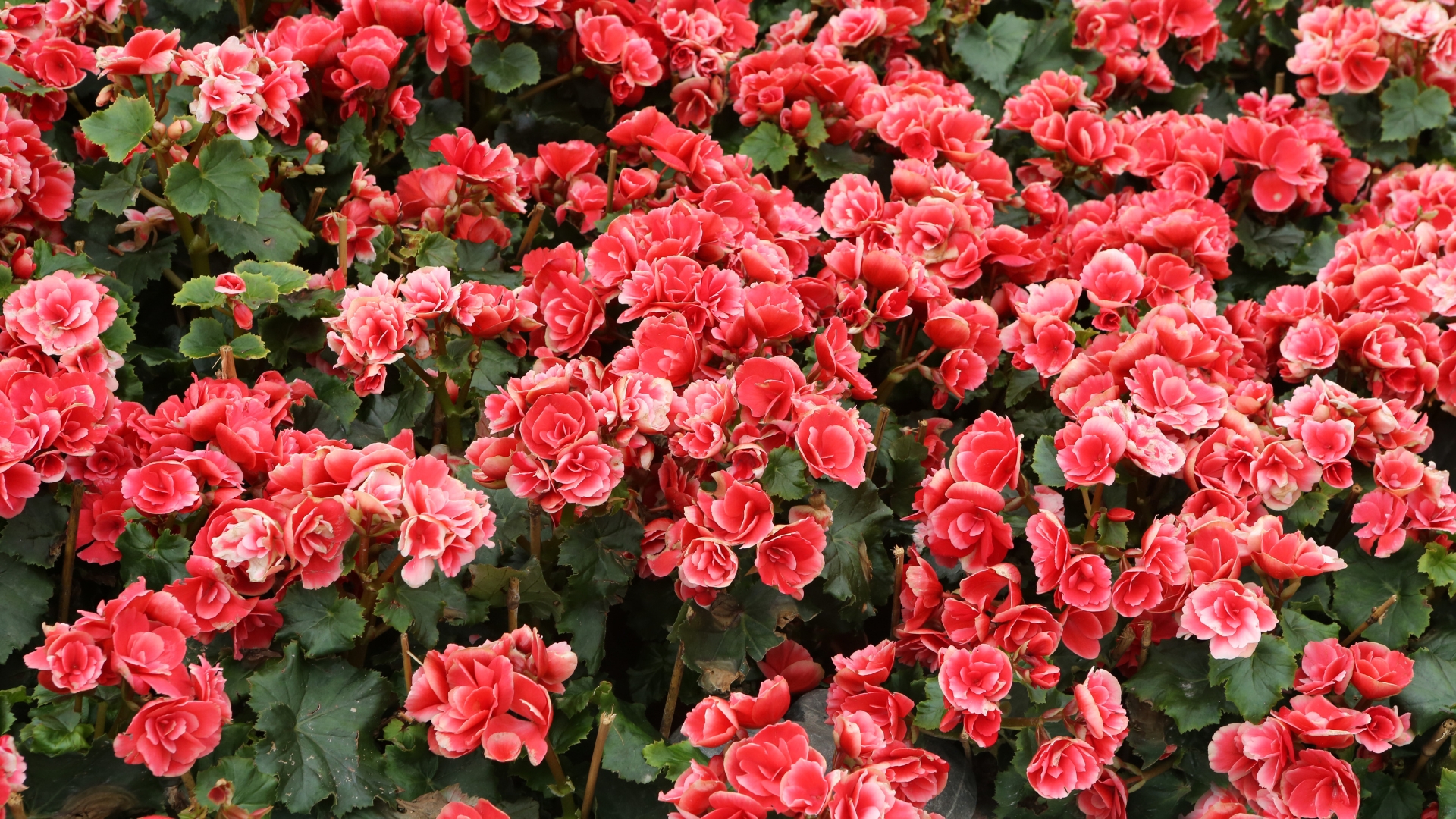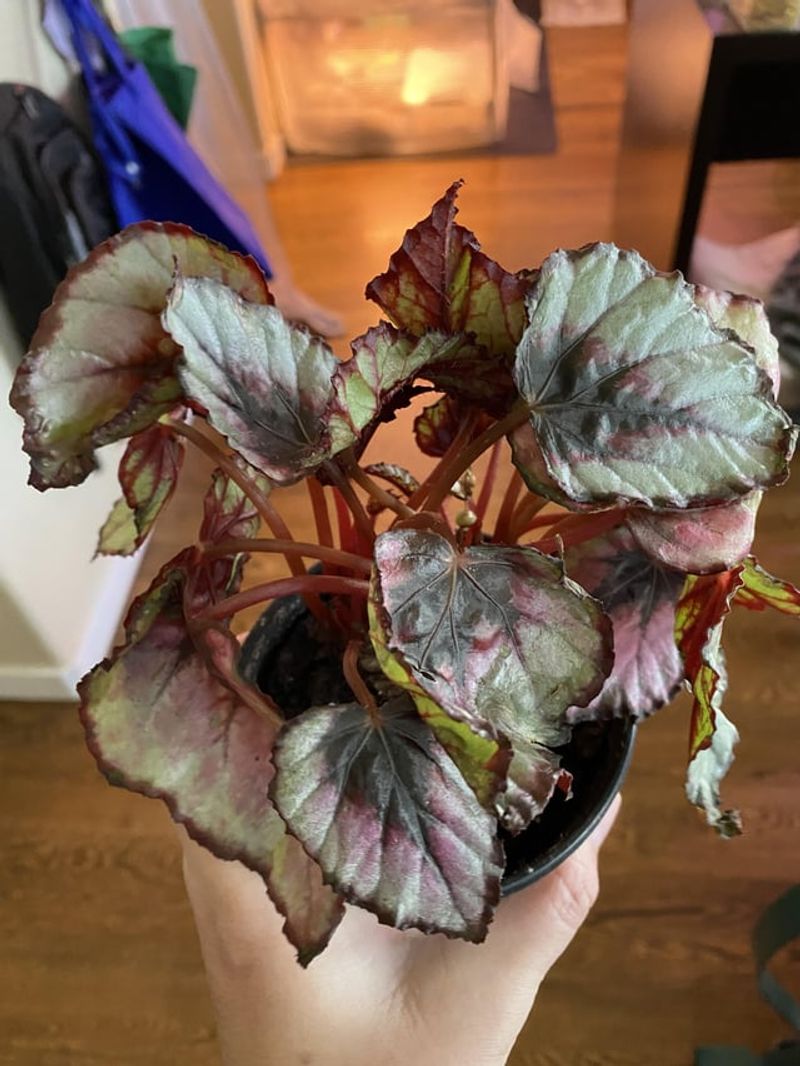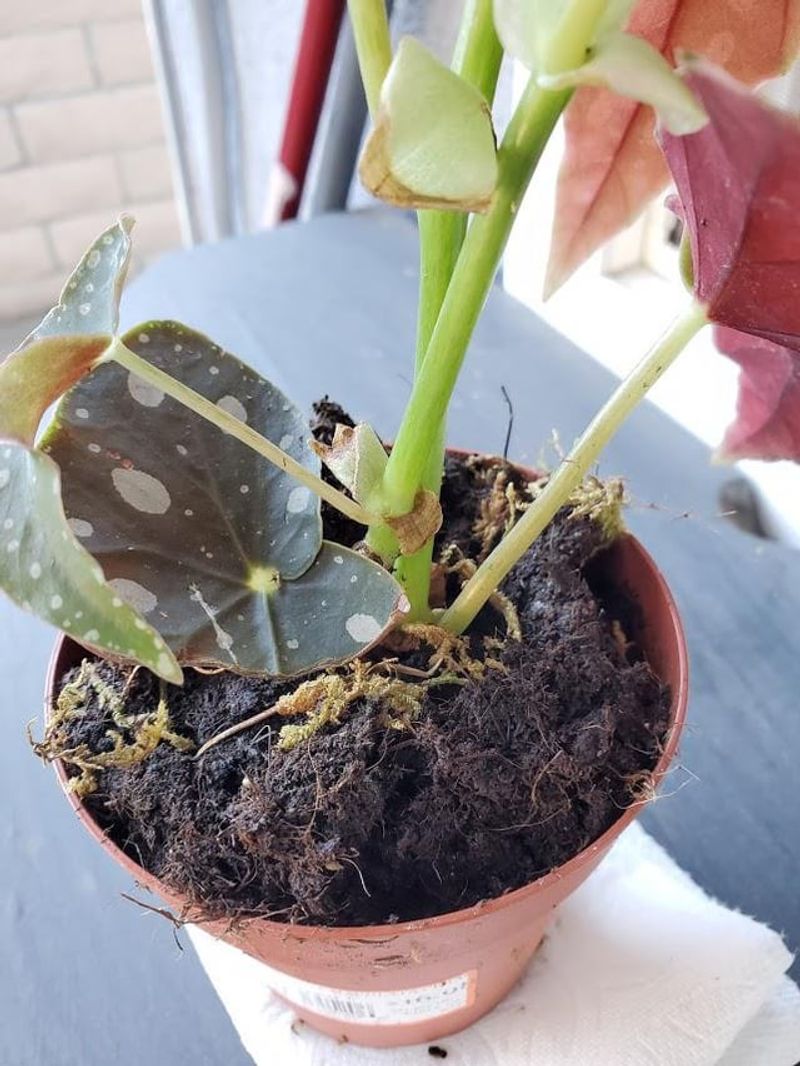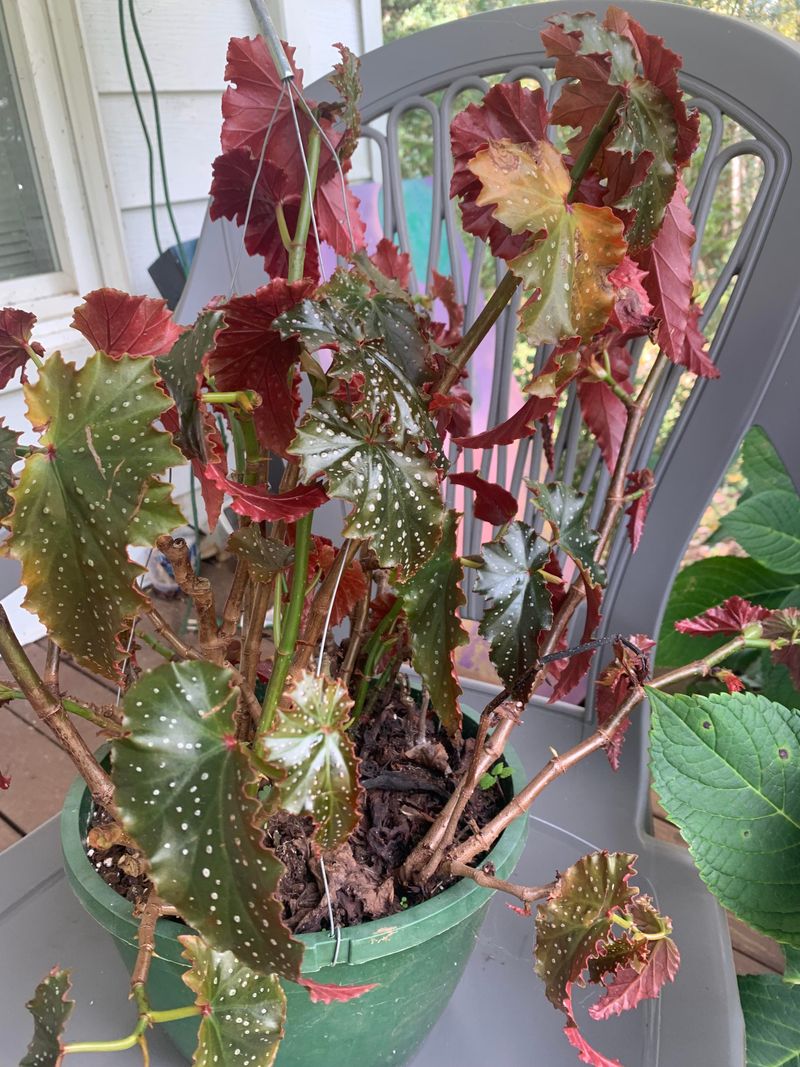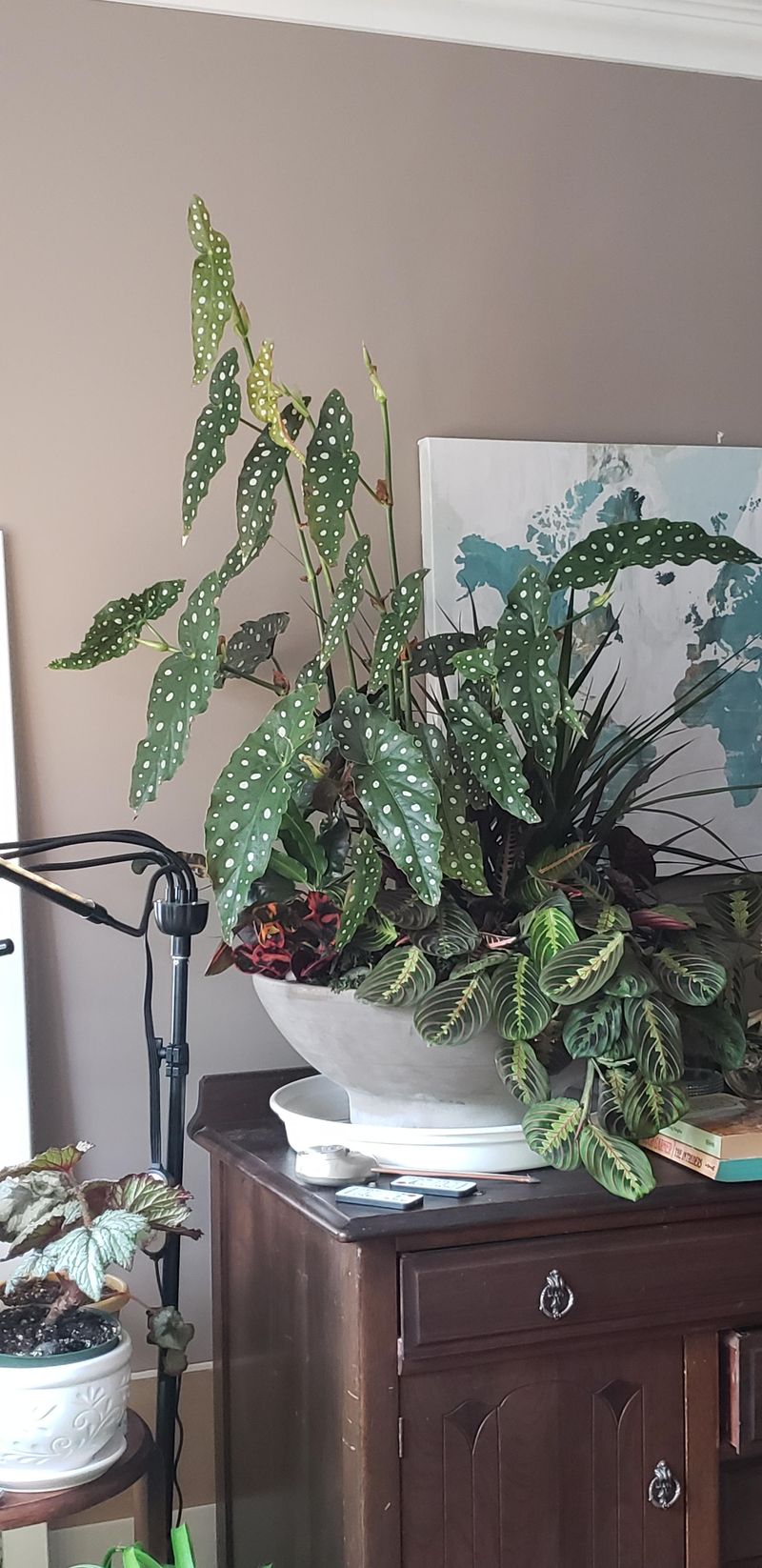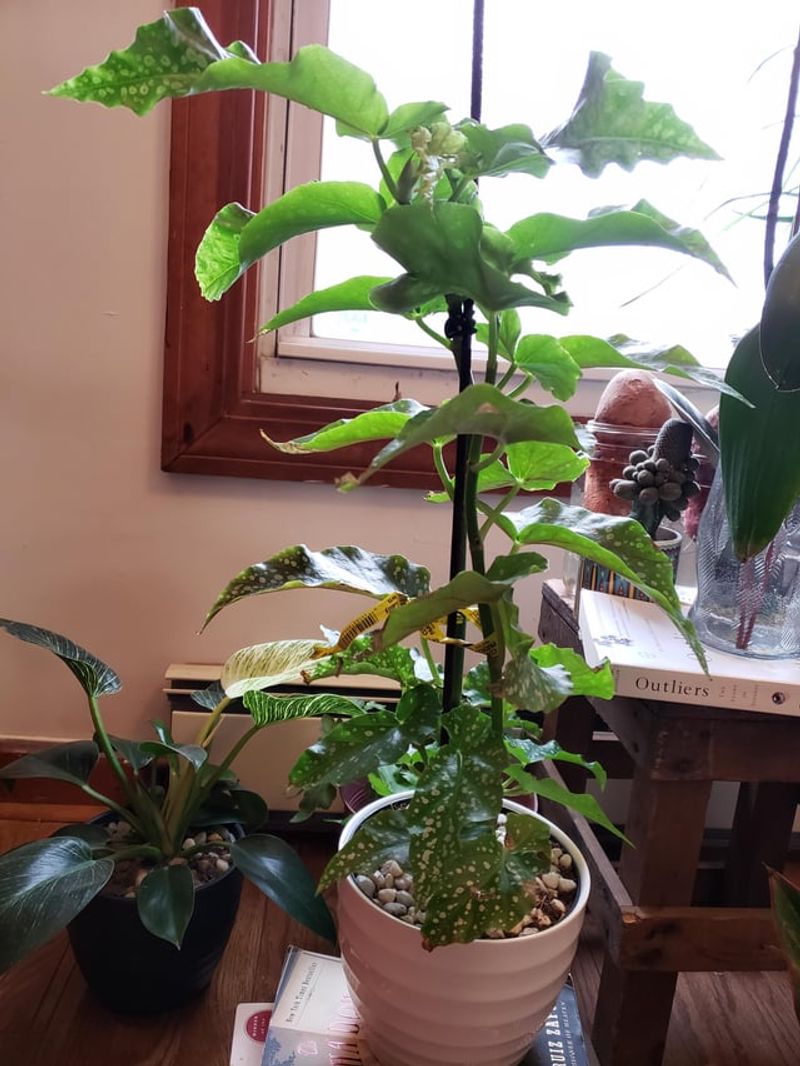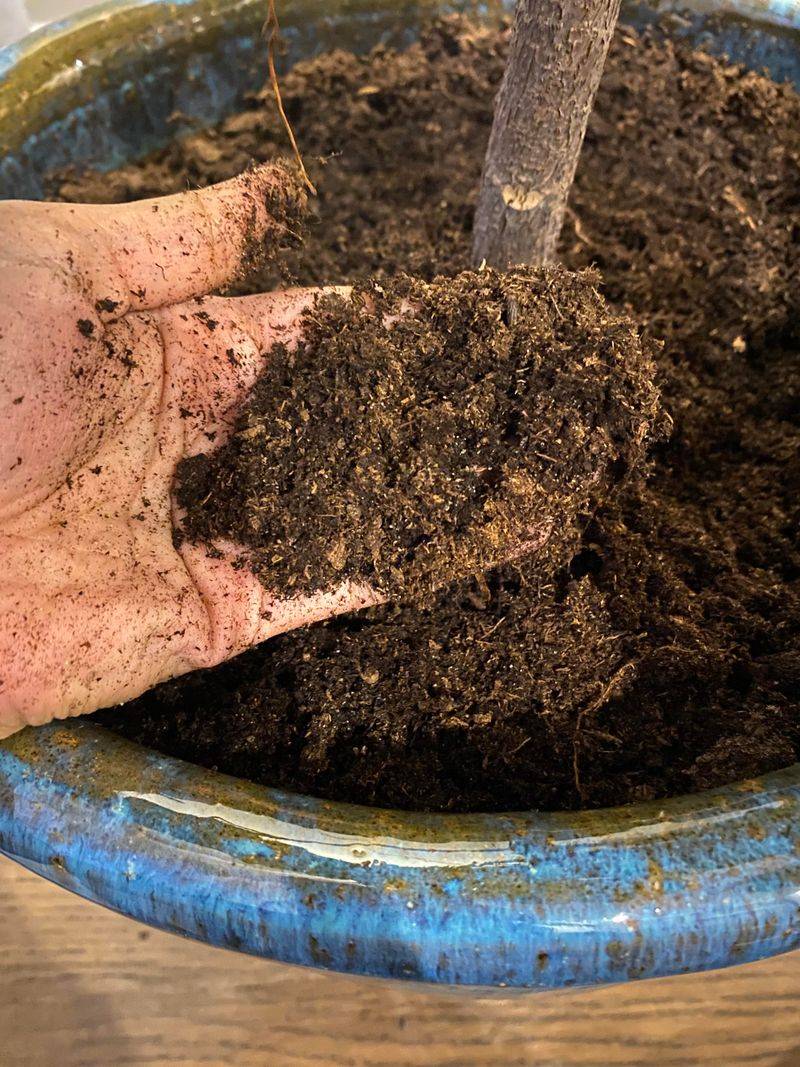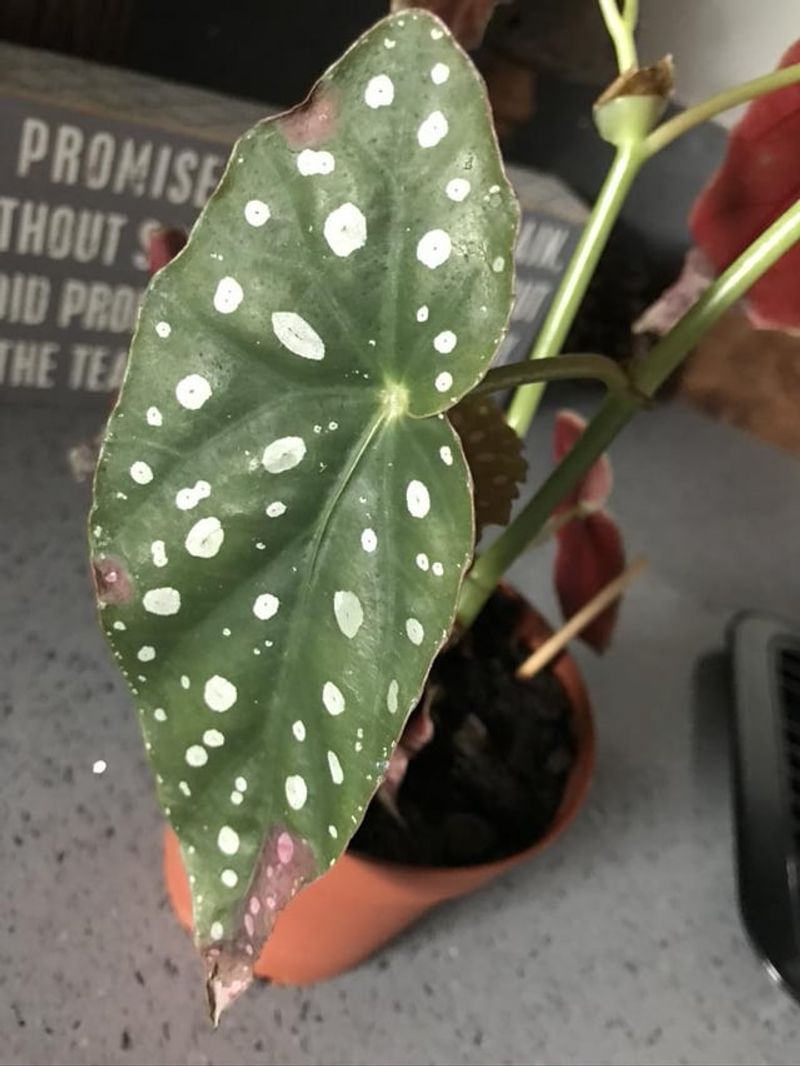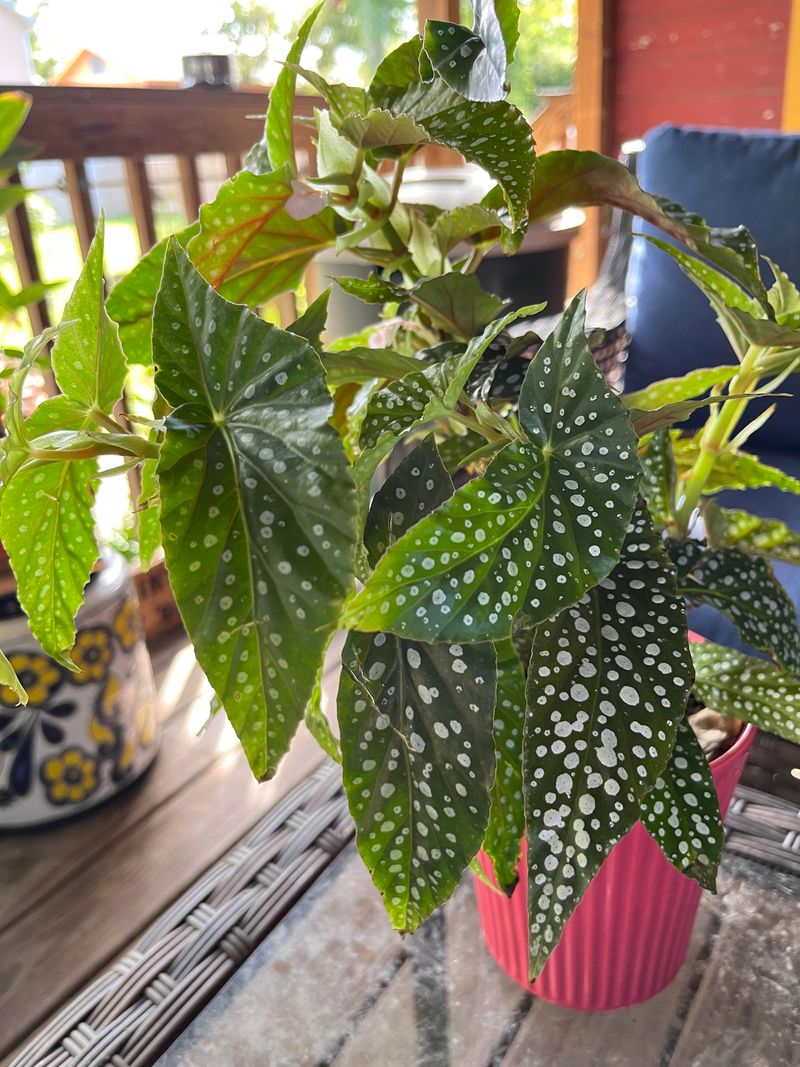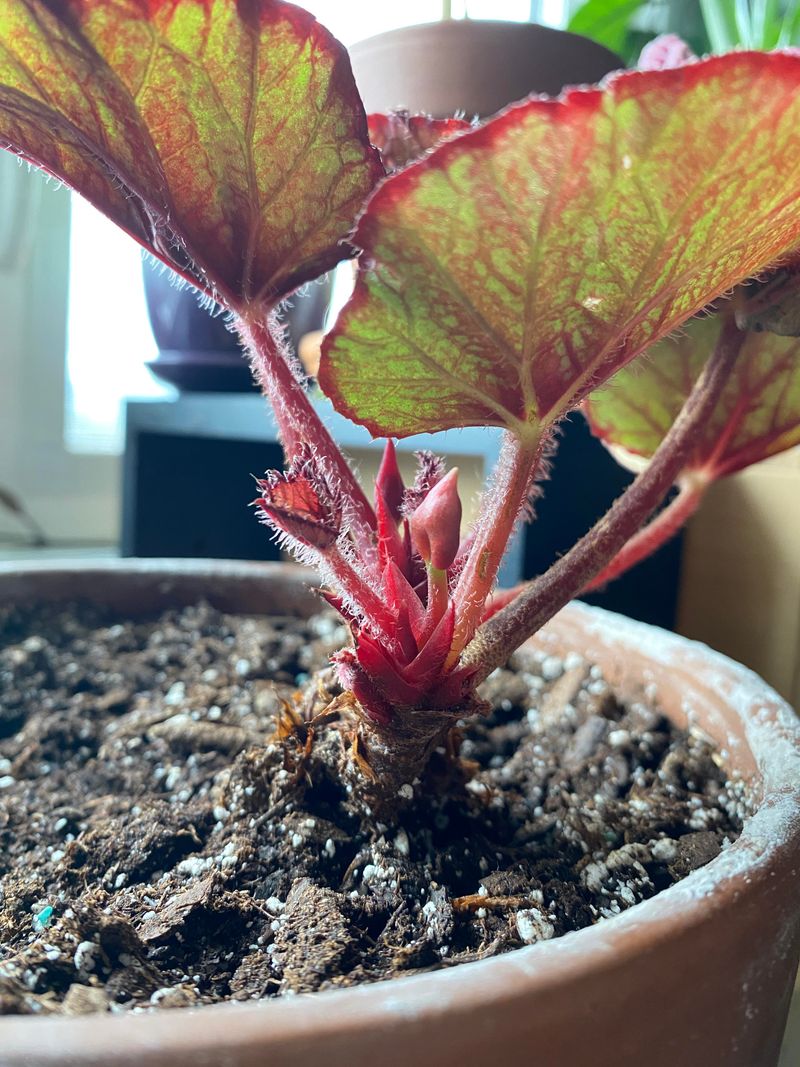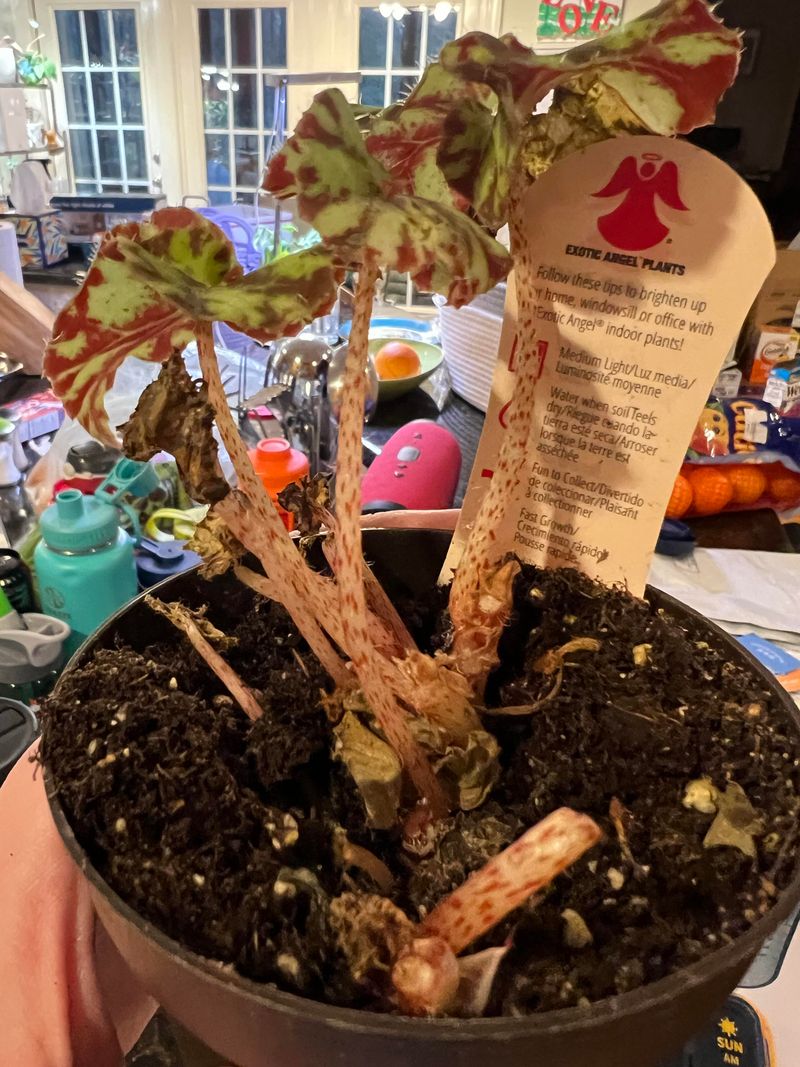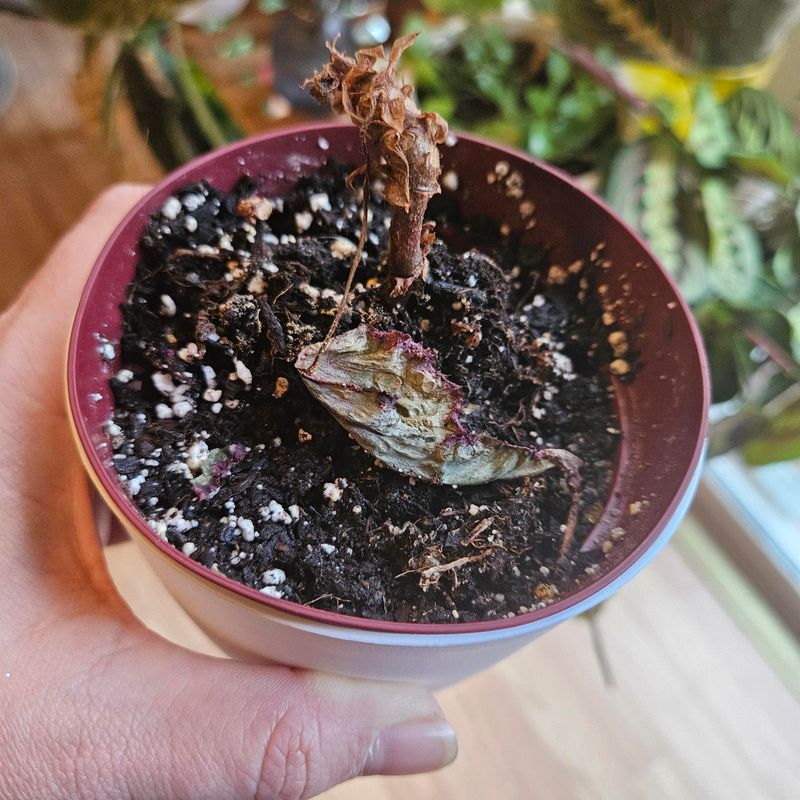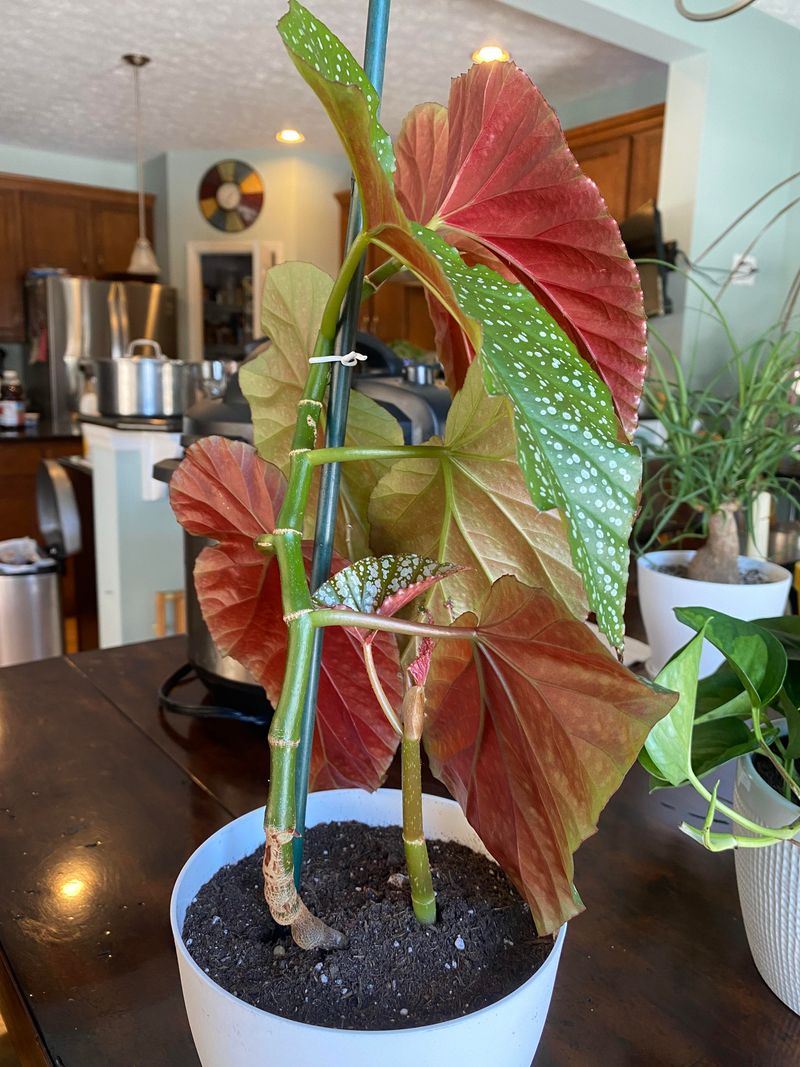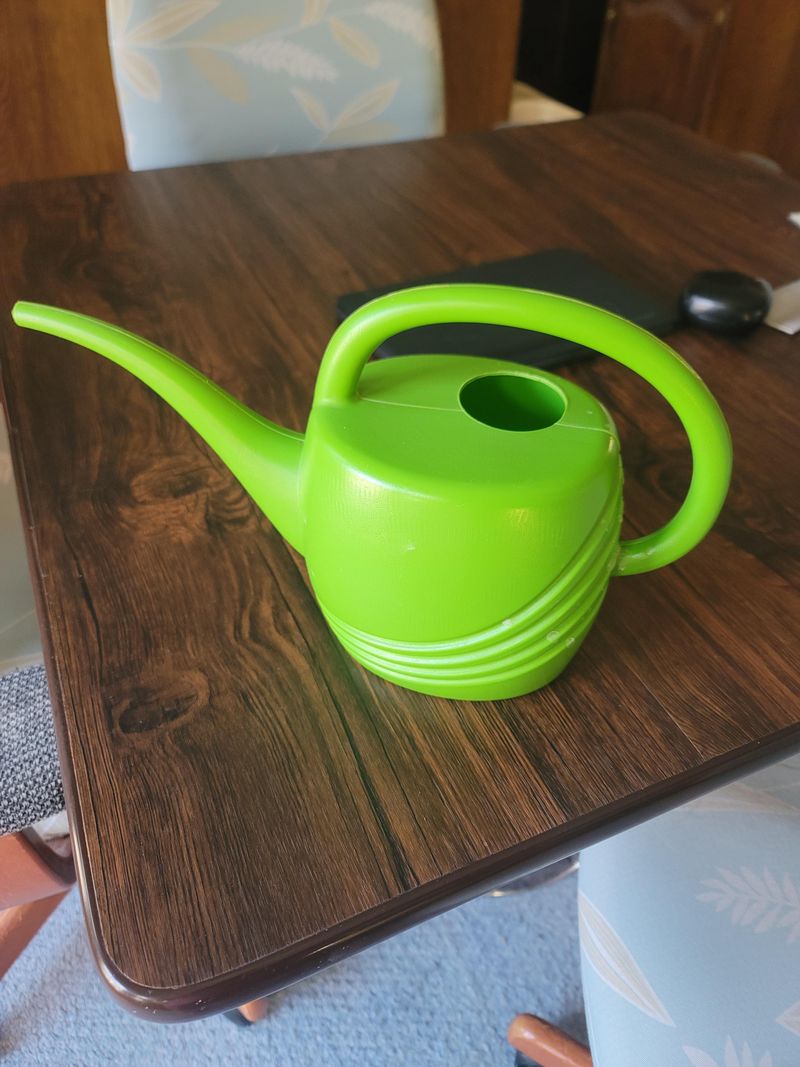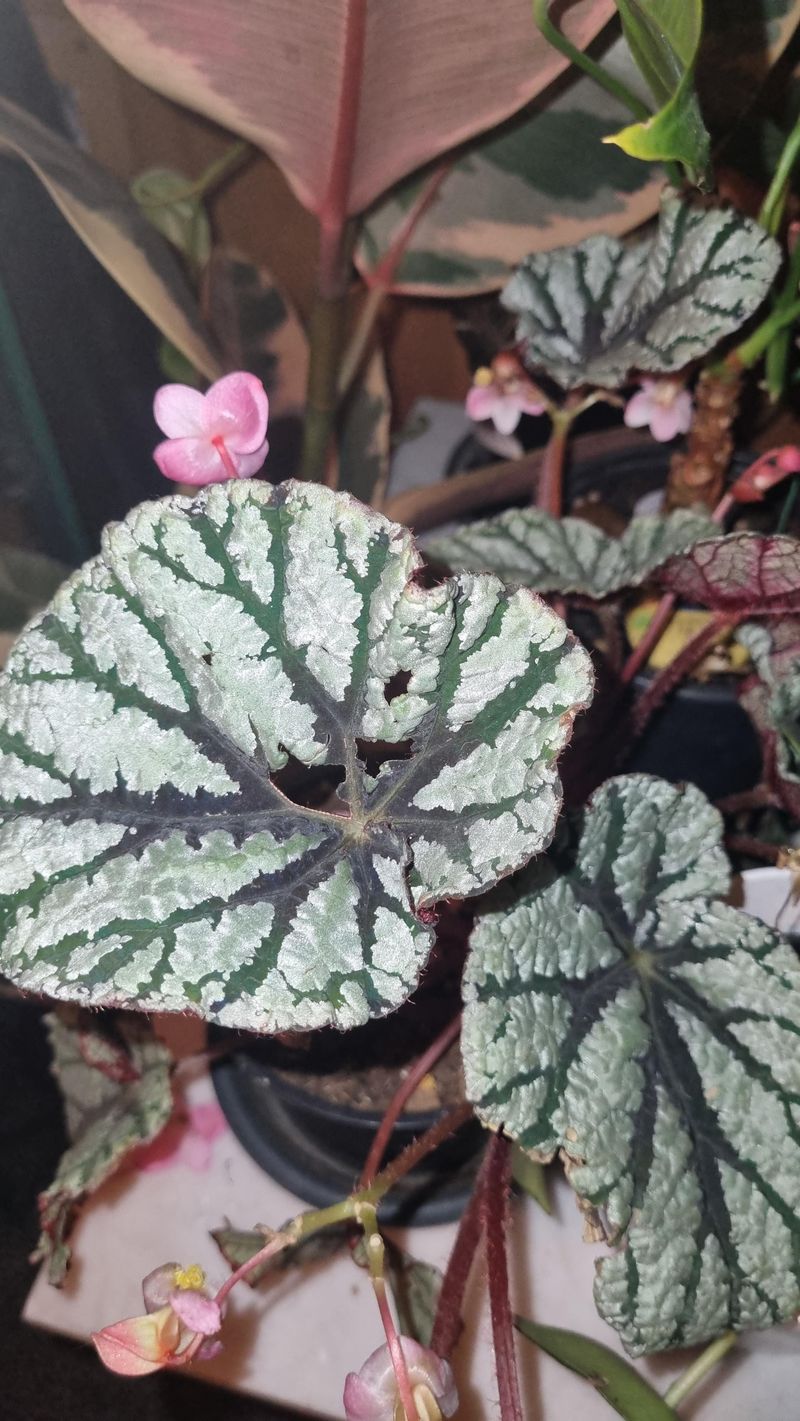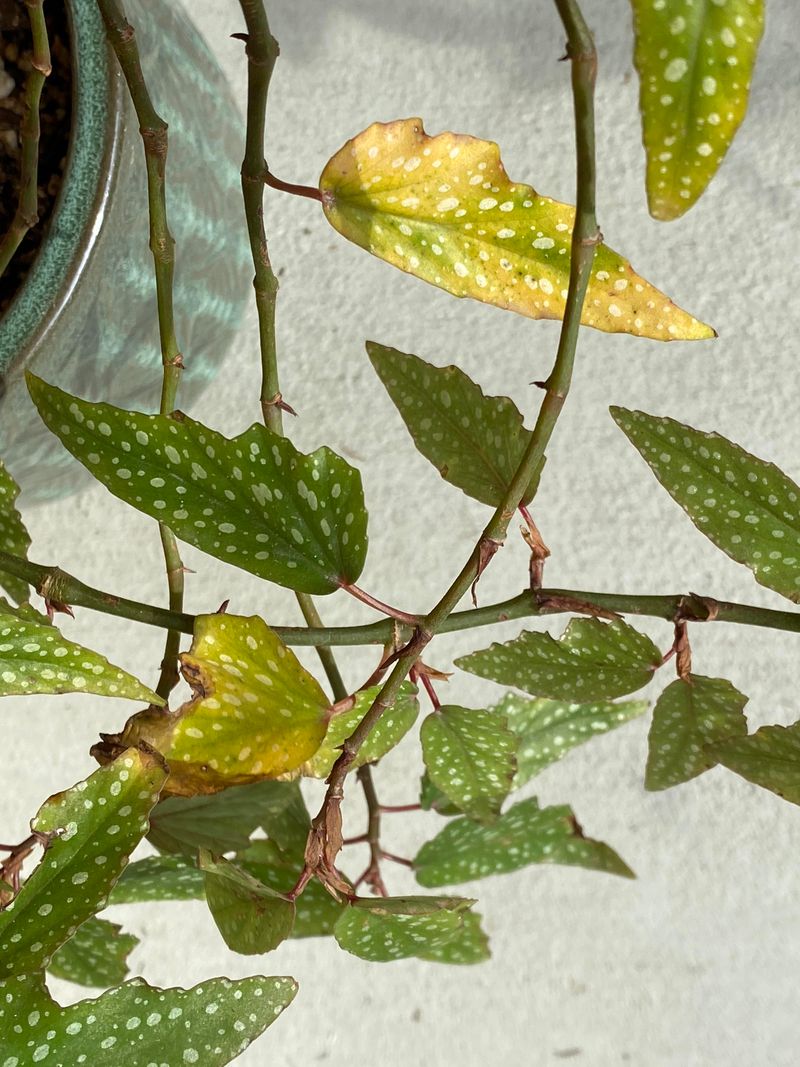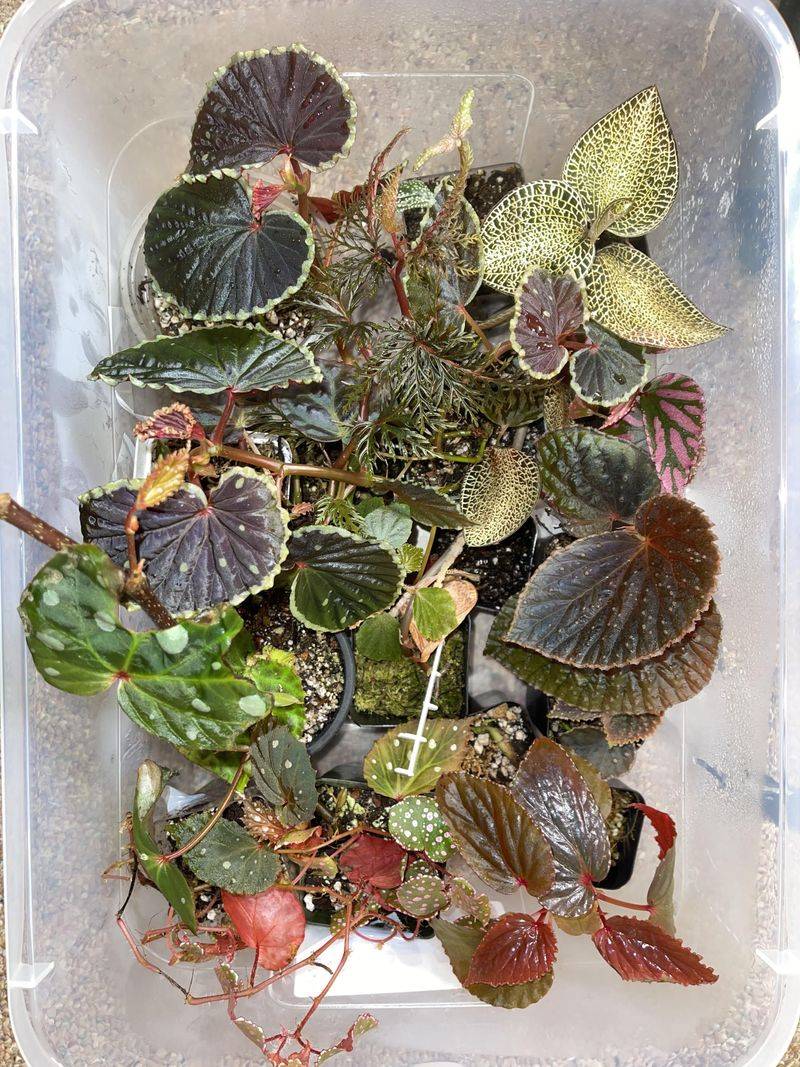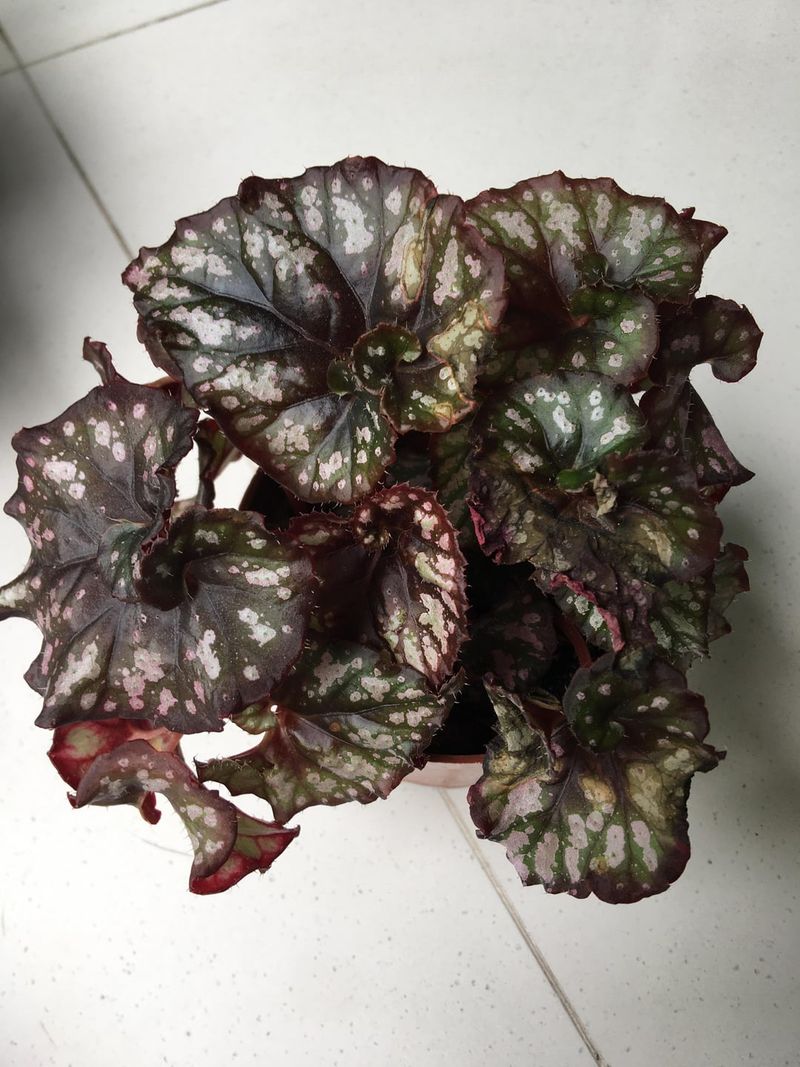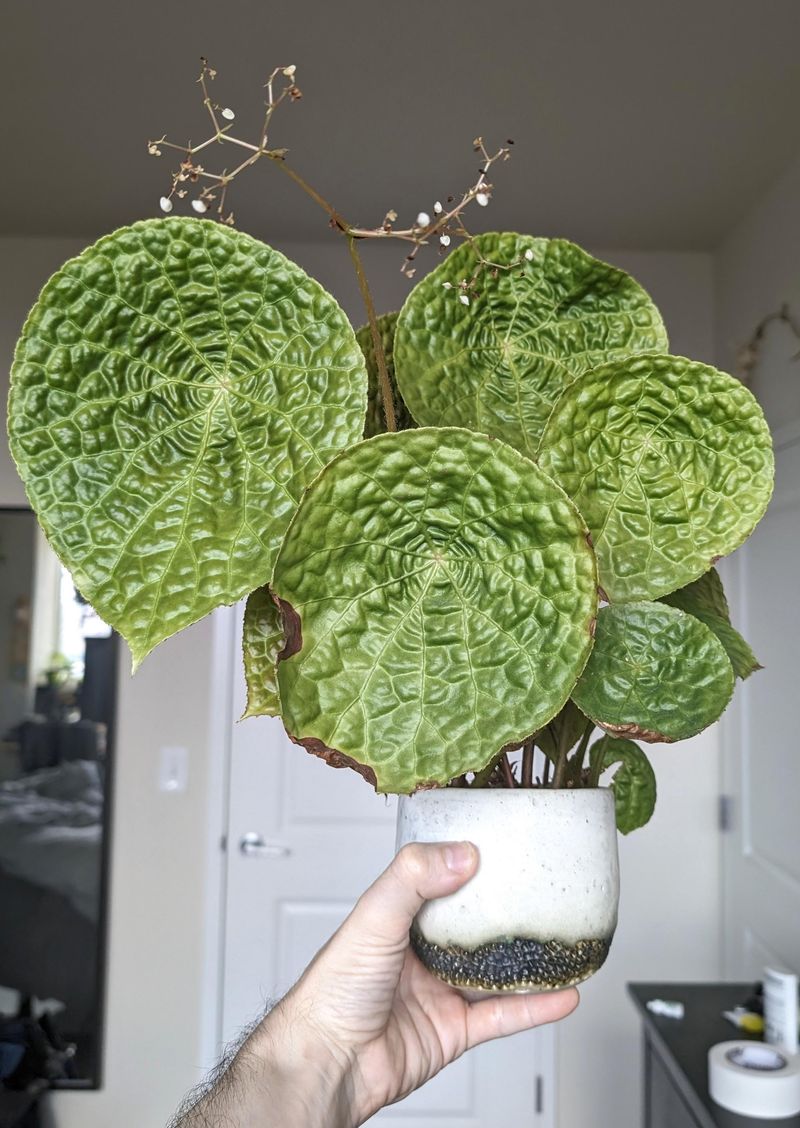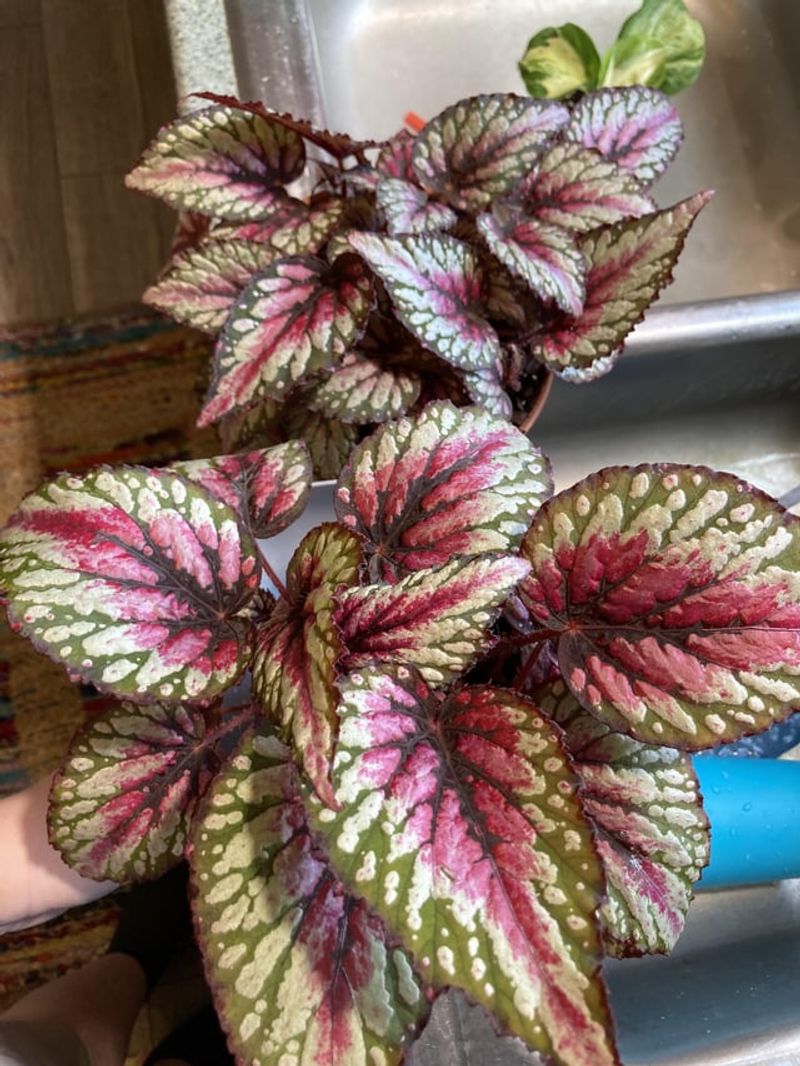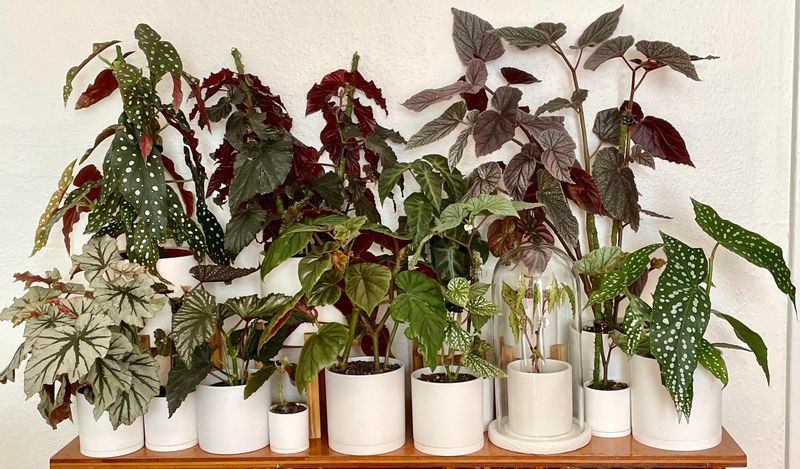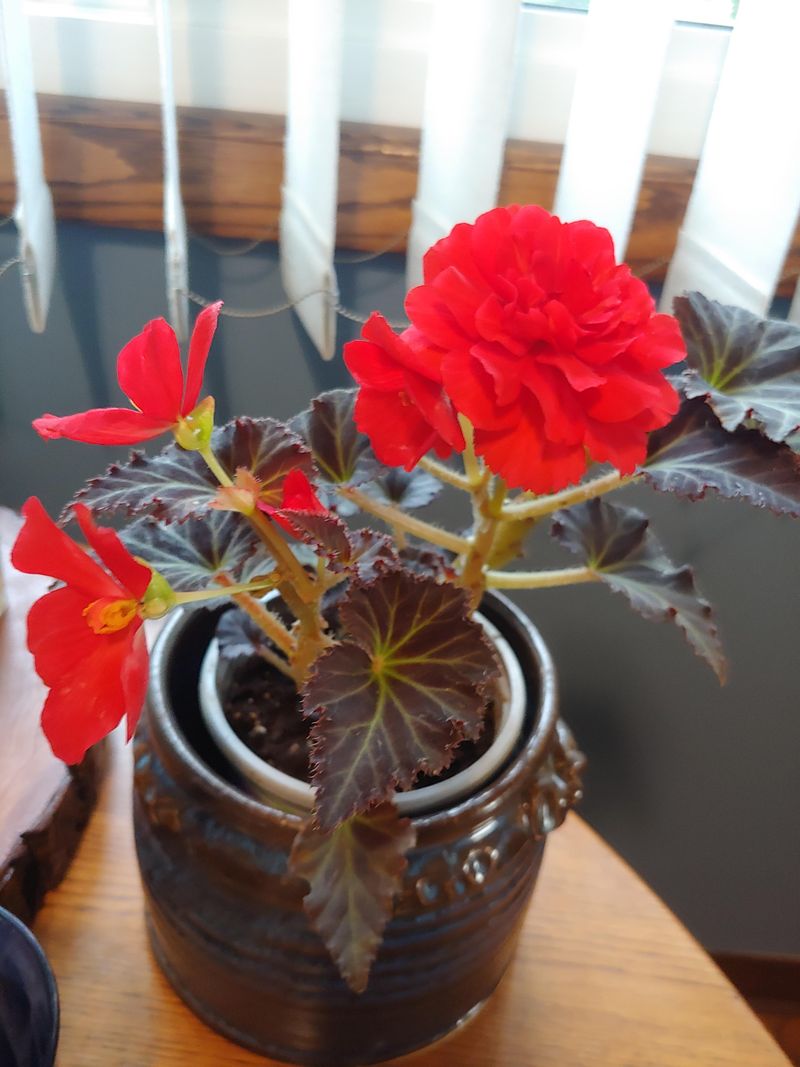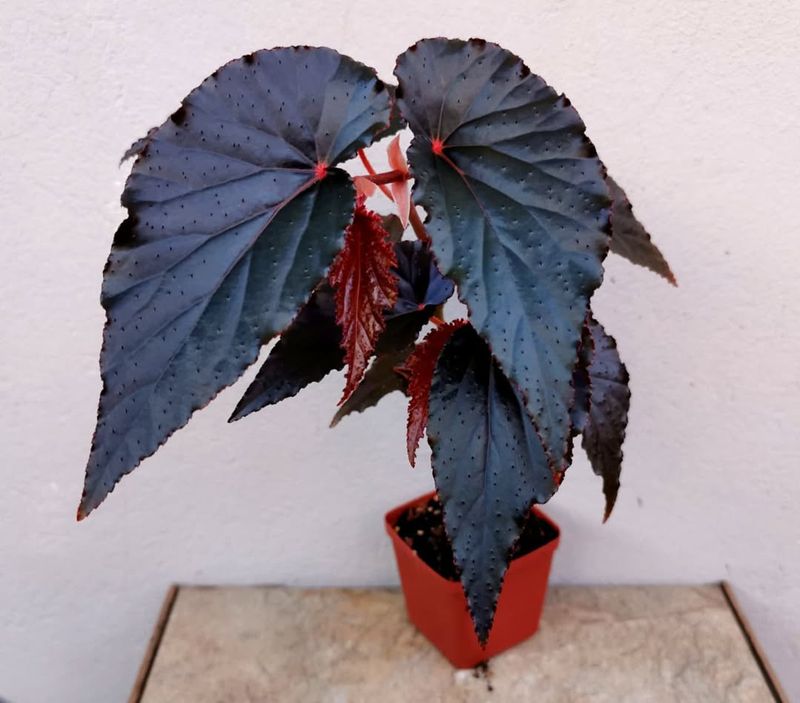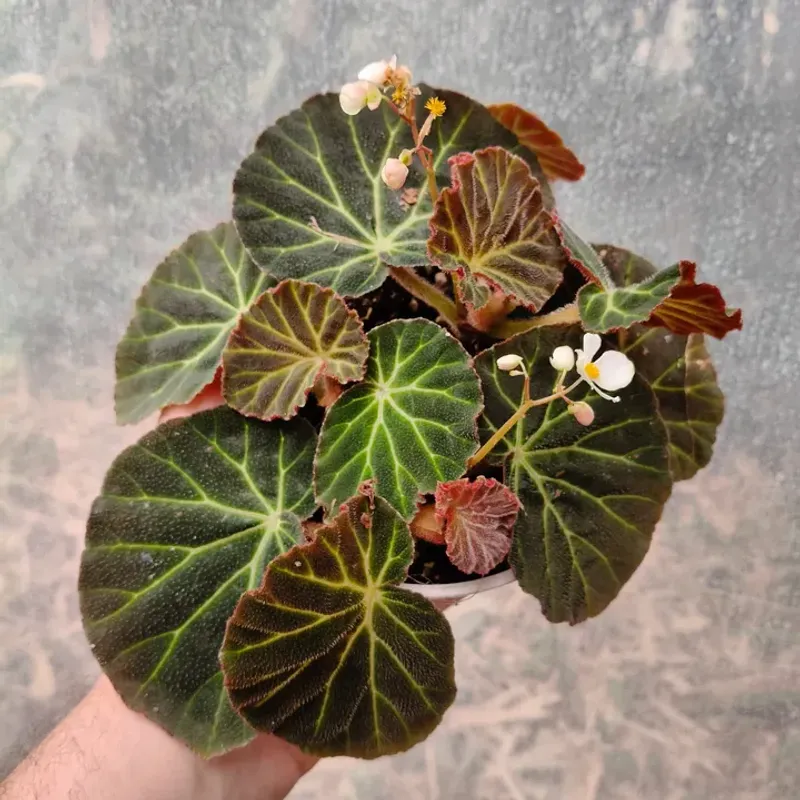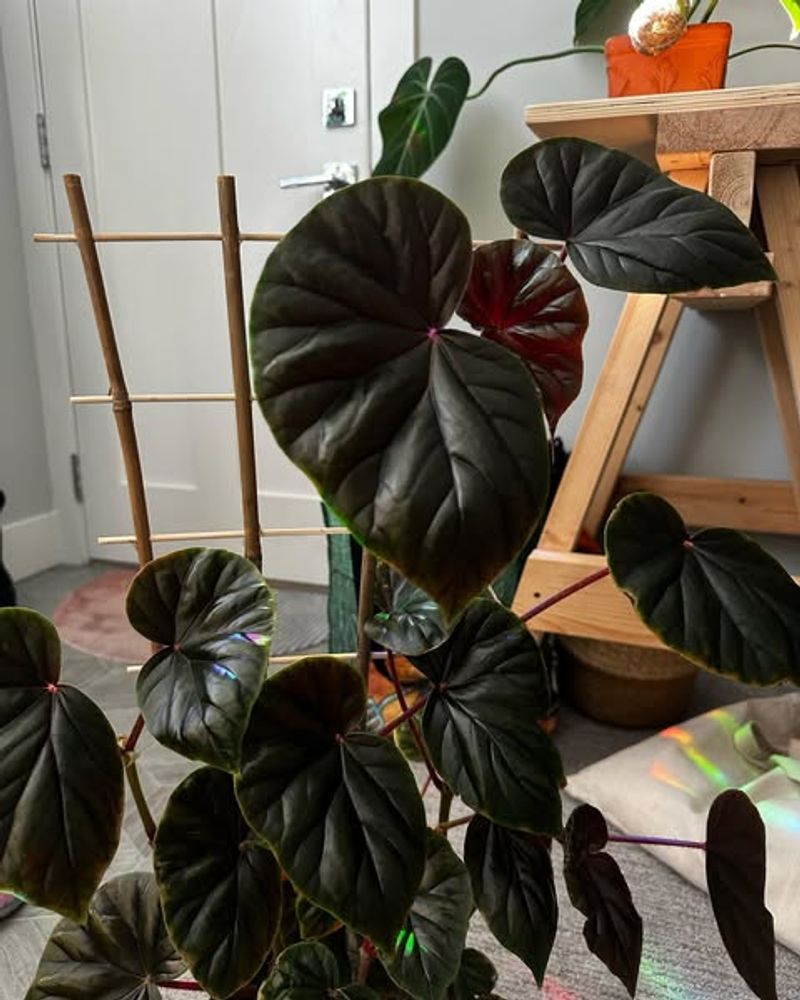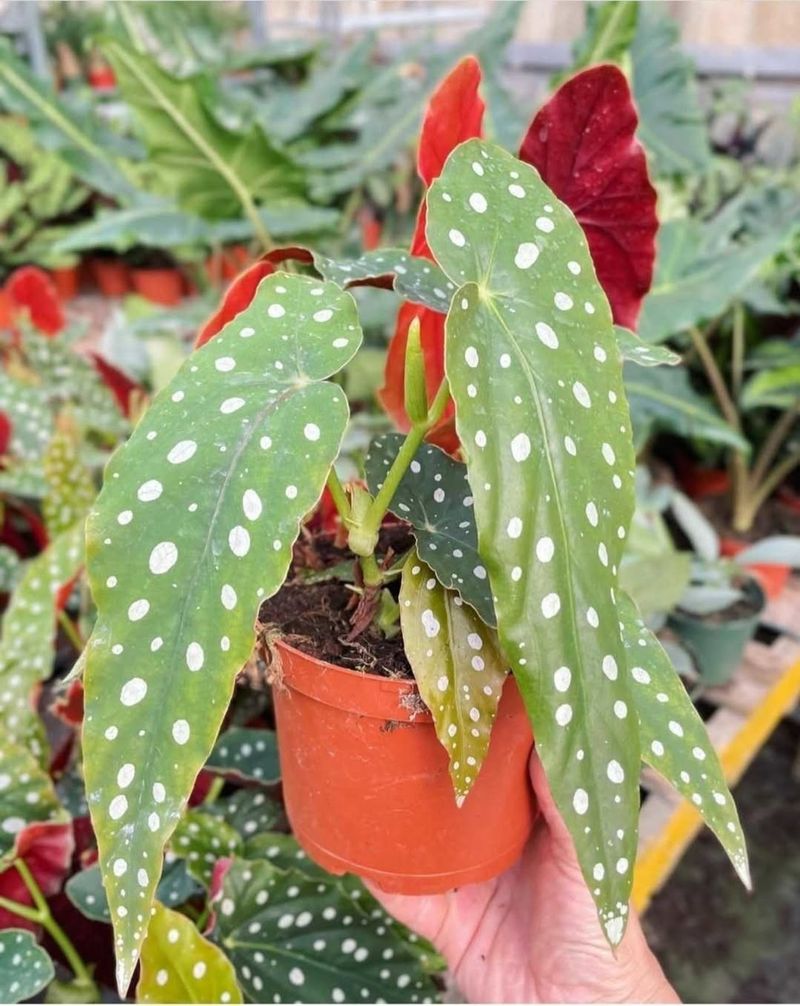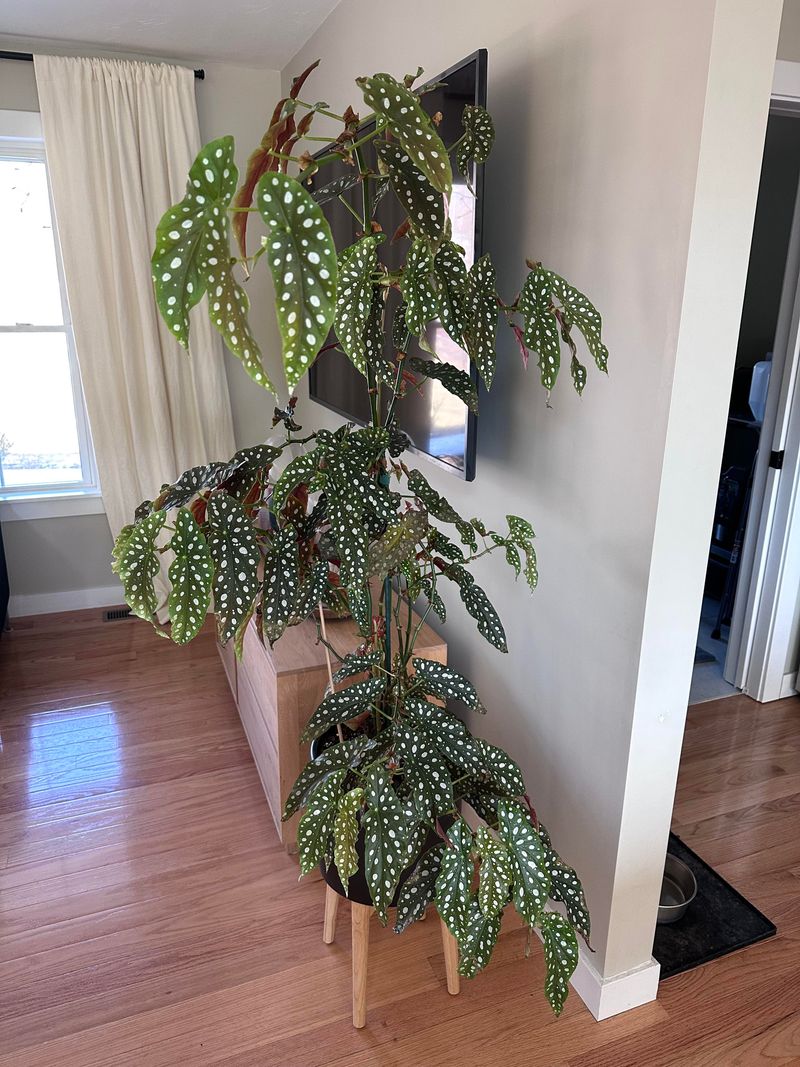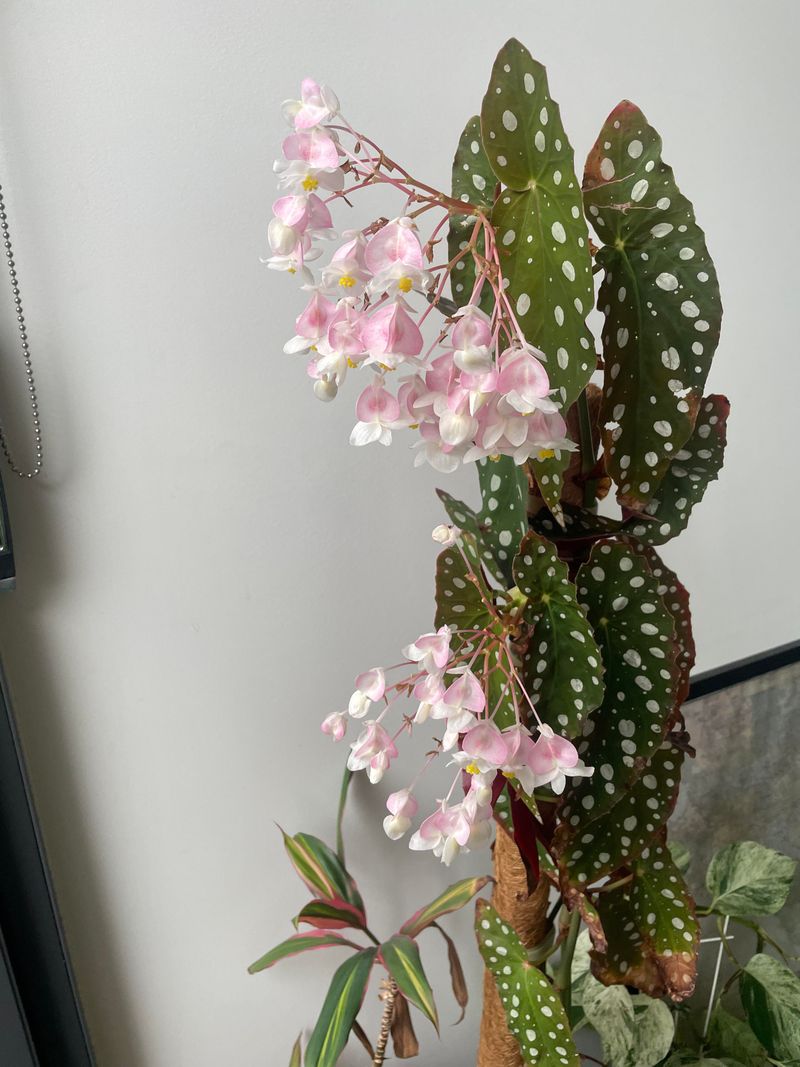Begonias are one of those flowers that just seem to light up any space with their vibrant colors. If you’ve ever struggled to keep them blooming, don’t worry—I’ve got your back! I’m sharing 15 easy tips to help your begonias stay in full bloom all season.
Plus, I’ve thrown in a few bonus secrets to give your plants the extra boost they need. Get ready to turn your garden into a nonstop show of gorgeous blooms!
1. Choose the Right Location
Begonias love bright, indirect light. Placing them in a spot with too much direct sunlight can burn their leaves and stop them from blooming.
Look for a spot with filtered light, like near a window with sheer curtains. If you’re growing them outside, make sure they’re shaded from the harsh midday sun. The right amount of light will help your begonias thrive and produce those gorgeous blooms all season.
2. Keep the Soil Moist, Not Soggy
Begonias prefer consistently moist soil, but they don’t like sitting in water. Ensure your pot has good drainage, and water regularly, but let the soil dry out slightly between waterings.
Check the top inch of the soil to make sure it’s not too wet. If the soil is too soggy, your begonias might struggle with root rot. Maintaining the perfect moisture balance will keep your begonias healthy and blooming longer.
3. Fertilize Monthly
To encourage continuous blooming, use a balanced liquid fertilizer once a month. Begonias benefit from a fertilizer that contains equal amounts of nitrogen, phosphorus, and potassium.
Over-fertilizing can damage the roots and leaves, so stick to the recommended dosage. Apply the fertilizer during their active growing season, typically spring through summer. This boost will help your begonias produce vibrant blooms all season.
4. Remove Dead Flowers
Deadheading, or removing spent flowers, is a simple yet effective way to keep your begonias blooming. By cutting off the faded flowers, you encourage the plant to focus its energy on producing new buds.
Use clean scissors or pruning shears to snip the flowers off at the base of the stem. Regularly deadhead your begonias throughout the blooming season. This simple habit will help maintain a continuous display of blooms.
5. Provide Humidity
Begonias thrive in humid conditions, so they’ll appreciate a little extra moisture in the air. If your home is dry, especially in winter, consider using a humidity tray or a room humidifier.
Alternatively, you can mist the leaves lightly with water, but don’t overdo it, as too much moisture can encourage fungal problems.
Maintaining a consistent level of humidity will help your begonias stay lush and blooming. Remember, they’re native to tropical regions, so they love a bit of extra moisture in the air!
6. Prune Regularly
Pruning your begonias helps promote fuller growth and more blooms. Trim away any dead or damaged leaves, as well as any leggy stems that are not producing flowers.
By cutting back the plant, you encourage new growth and a bushier appearance. Pruning also helps maintain a tidy plant, making it easier to care for. This simple step ensures your begonias continue to thrive and flower season after season.
7. Use Well-Draining Soil
Good drainage is key to healthy begonias. Plant them in soil that drains well to avoid waterlogged roots. You can mix in some perlite or sand to improve drainage if necessary.
This will help prevent root rot and allow the plant to absorb nutrients more effectively. Well-draining soil is the foundation of a healthy, blooming begonia.
8. Avoid Over-Watering
One of the biggest mistakes with begonias is over-watering. These plants like to stay moist, but they don’t want to sit in water. Always check if the soil feels dry before watering, and if it’s still damp, wait another day or two.
Over-watering can lead to root rot, which will prevent your begonias from blooming. Stay mindful of watering habits, and your begonias will thrive.
9. Keep Temperatures Consistent
Begonias are sensitive to temperature fluctuations, so it’s important to keep them in a place with consistent warmth. They prefer temperatures between 65°F and 75°F (18°C to 24°C). Avoid placing them near heaters, air conditioners, or drafty windows.
Extreme changes in temperature can stress the plant and affect its ability to bloom. Consistent warmth will help your begonias stay happy and produce more flowers.
10. Rotate Your Plant Regularly
Rotating your begonia every few weeks ensures that it grows evenly. If you keep the plant in the same spot for too long, it may begin to lean toward the light, resulting in uneven growth. Gently rotate the plant a quarter turn every couple of weeks to encourage balanced growth.
This will also help the plant absorb light evenly, promoting consistent blooming. Your begonias will thank you for the attention!
11. Repot When Necessary
Begonias do best when their roots have enough room to grow. If you notice the plant is outgrowing its pot or has become root-bound, it’s time to repot. Choose a pot that is just slightly larger than the current one to avoid over-potting.
Repotting not only gives the roots more space but also refreshes the soil. This will encourage healthy growth and better blooming.
12. Avoid Fertilizing During Dormancy
While fertilizing is crucial during the growing season, it’s not necessary when your begonia is dormant. Begonias tend to slow down in the cooler months, so they don’t need the extra nutrients.
Stop fertilizing in late fall and resume in the spring when new growth starts. Giving your plant a break from fertilizer during dormancy will help it conserve energy for blooming in the warmer months.
13. Support the Plant
Some varieties of begonias, especially those with large, heavy flowers, benefit from some support. You can use a small stake or plant support to keep the plant upright and prevent it from drooping.
Supporting your begonia helps it focus its energy on flowering instead of struggling to stay upright. It also gives the plant a more polished, structured appearance. Providing support can extend the blooming period by keeping your begonia in top shape.
14. Use a Watering Can with a Fine Spout
When watering begonias, use a watering can with a fine spout for a gentle, even flow. Directly pouring water onto the soil surface can cause the roots to become dislodged or overly wet.
A fine spout ensures that water is distributed evenly, soaking the roots without disturbing the soil. This method also helps avoid splashing water onto the leaves, which can lead to fungal problems.
15. Treat Pests Early
Pests like aphids, mealybugs, and spider mites can quickly damage your begonias and affect their blooming ability. Inspect your plant regularly for signs of pests, and treat them immediately with a mild insecticidal soap or neem oil. Keep the leaves clean and dust-free to avoid attracting insects.
If you catch pests early, your begonias will continue to bloom without disruption. Prevention is key to maintaining healthy, blooming plants.
16. Watch for Yellowing Leaves
Yellowing leaves can be a sign that your begonia is stressed, possibly due to over-watering or too much sun. Check the plant’s environment to make sure it’s not exposed to drafts or excessive heat.
Trim off any yellowing leaves to prevent them from affecting the plant’s energy. If the problem persists, adjust watering habits or move the plant to a better location.
17. Use a Humidity Tray
Begonias thrive in high humidity, and one simple way to provide this is by using a humidity tray. Place a shallow tray filled with water and pebbles underneath the pot, ensuring that the pot sits on top of the pebbles.
As the water evaporates, it increases the humidity around the plant. This method works especially well in dry indoor environments. Your begonias will love the extra moisture, encouraging more blooms.
18. Keep the Leaves Clean
Begonias can collect dust and dirt on their leaves, which can block sunlight and hinder blooming. Wipe the leaves gently with a soft, damp cloth to remove any debris. Be careful not to tear the delicate leaves.
Clean leaves allow your begonia to photosynthesize efficiently, promoting healthy growth and more vibrant flowers. Regular cleaning is a small task that makes a big difference in keeping your begonias blooming.
19. Maintain Proper Spacing
When planting begonias in a garden or container, give them enough space to grow. Crowding can lead to poor air circulation, increasing the risk of fungal infections and hindering blooming. Space each plant at least 12 to 18 inches apart, depending on the variety.
This gives the plants room to spread out and ensures they receive adequate light and air. Proper spacing is key to healthy, blooming begonias.
20. Avoid Overcrowding in Pots
If you have multiple begonias in a container, make sure they have enough space to grow. Overcrowding can result in weak, spindly plants that struggle to bloom. Make sure the container is large enough to accommodate the root systems of all your plants.
A little extra room will help your begonias flourish and produce an abundance of flowers. Consider repotting if the plants are outgrowing their space.
21. Be Careful with Fertilizer Strength
Begonias are sensitive to the strength of fertilizers, so be sure to dilute it to half strength when applying. Strong fertilizers can burn the plant’s roots and leaves, causing stress and preventing blooming. Apply fertilizer during the growing season, but keep the strength mild.
Regular feeding with a gentle formula helps keep the plant healthy and blooming. Moderation is key to a successful fertilizer routine.
22. Adjust Light Exposure as Needed
If your begonia starts to look leggy or isn’t blooming, it might not be getting enough light. Try moving it to a brighter location, but avoid direct sunlight that can scorch its leaves. A location with bright, indirect light will encourage healthy growth and blooming.
Too little light can cause the plant to become weak and stop flowering. Make sure your begonia gets the right amount of light to stay happy and productive.
23. Keep an Eye on Soil pH
Begonias prefer slightly acidic soil, with a pH range between 5.5 and 6.5. If the soil is too alkaline, your plant may struggle to absorb nutrients, affecting its growth and blooms. You can test the pH with a simple kit, and adjust it using soil amendments like peat moss.
Maintaining the proper pH ensures your begonias get the nutrients they need. A healthy root system supports vibrant and consistent blooms.
24. Offer a Gentle Watering Routine
Water begonias gently at the base to avoid wetting the leaves. Wet leaves can lead to fungal infections and rot, which can stop blooming. Instead, use a watering can with a fine spout to distribute water evenly around the plant.
Watering from the bottom can also help, allowing the plant to absorb moisture without disturbing the leaves. A careful watering routine is one of the best ways to keep your begonias happy.
25. Keep a Consistent Watering Schedule
Begonias like consistency when it comes to watering. Try to water them at the same time each day or week, depending on their needs. Regular watering helps maintain moisture levels in the soil, promoting continuous blooming.
Avoid letting the soil dry out completely or stay too wet. A steady watering schedule ensures your begonias thrive throughout the season.
26. Keep Temperature Stable
Begonias prefer warm temperatures, but they don’t like extremes. Avoid placing them near air conditioners, heaters, or radiators, as sudden temperature changes can stress the plant.
Keep the temperature steady around 70°F to 75°F (21°C to 24°C) to ensure your begonias bloom beautifully. Steady warmth is crucial for both growth and flower production.
27. Give Them Time to Rest
Just like us, begonias need some rest too. In fall and winter, they might slow down and stop blooming as the temperatures drop. Instead of worrying, let them rest. Reduce watering slightly, and give them a little less light during the colder months.
This rest period will rejuvenate the plant for the next blooming season. Keeping a balanced routine for rest will help begonias flourish year after year.
28. Enjoy the Blooms
Finally, don’t forget to enjoy the beautiful blooms! Begonias add a pop of color to your garden or home, and their delicate flowers are worth the care.
Take a moment to appreciate their beauty throughout the growing season. A little attention to detail, patience, and love will reward you with vibrant flowers all season long.

